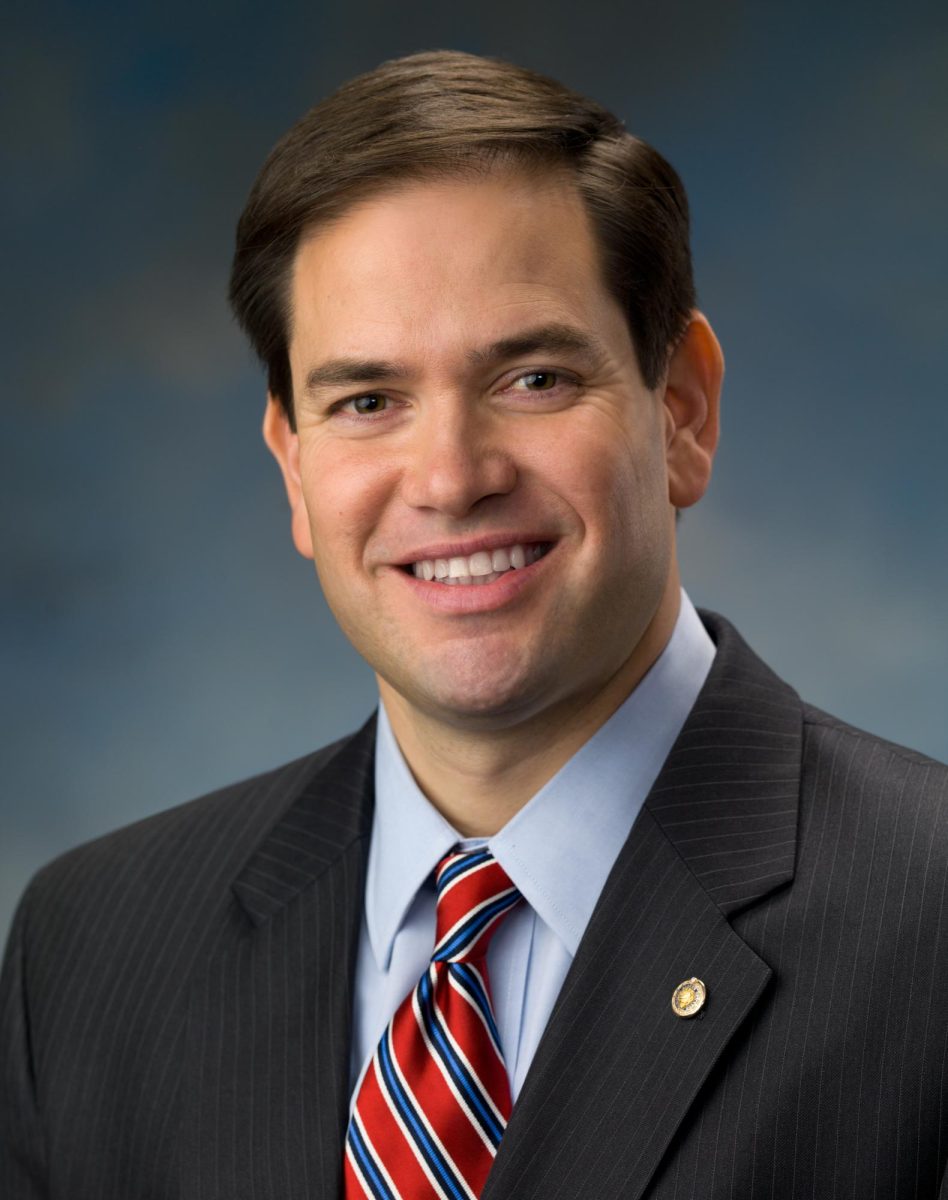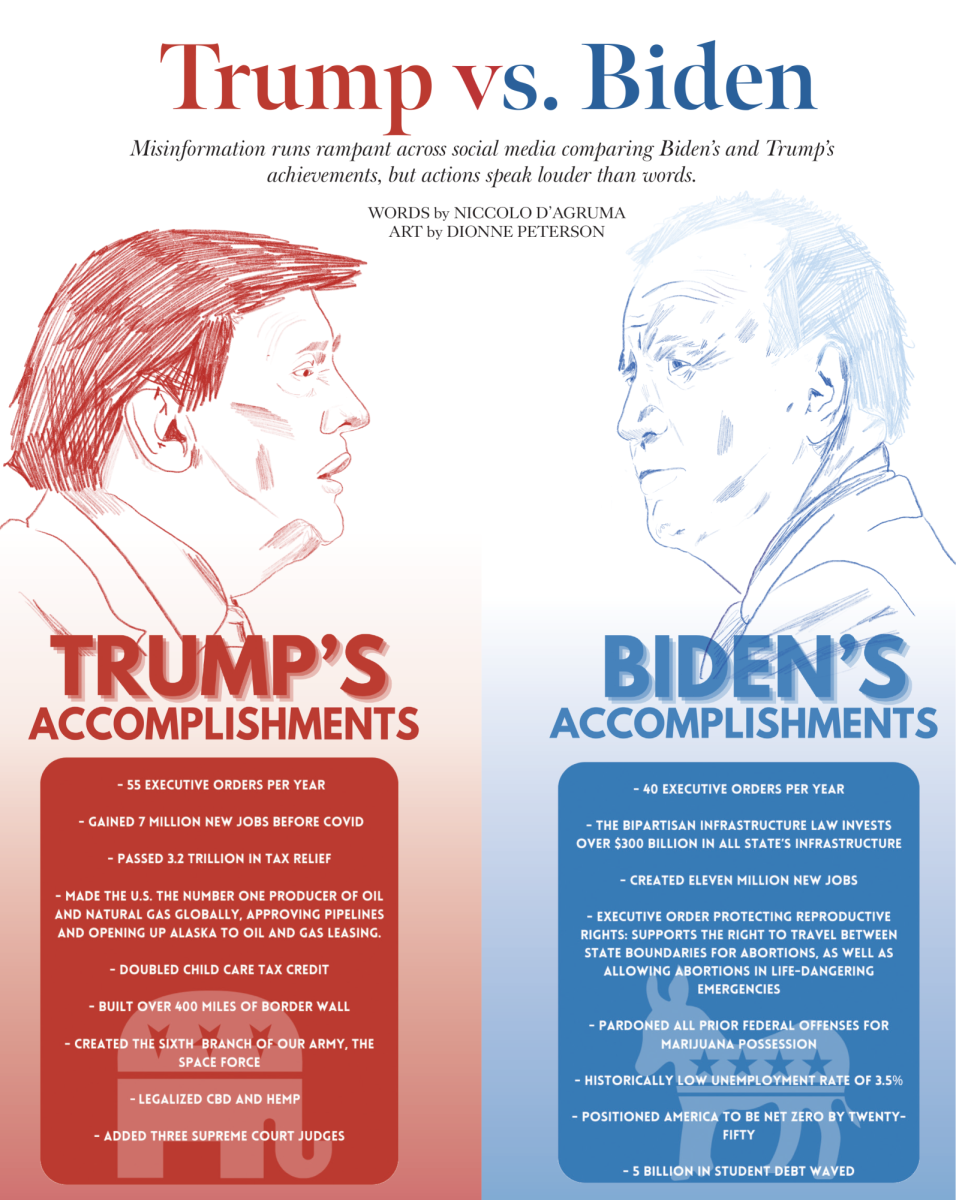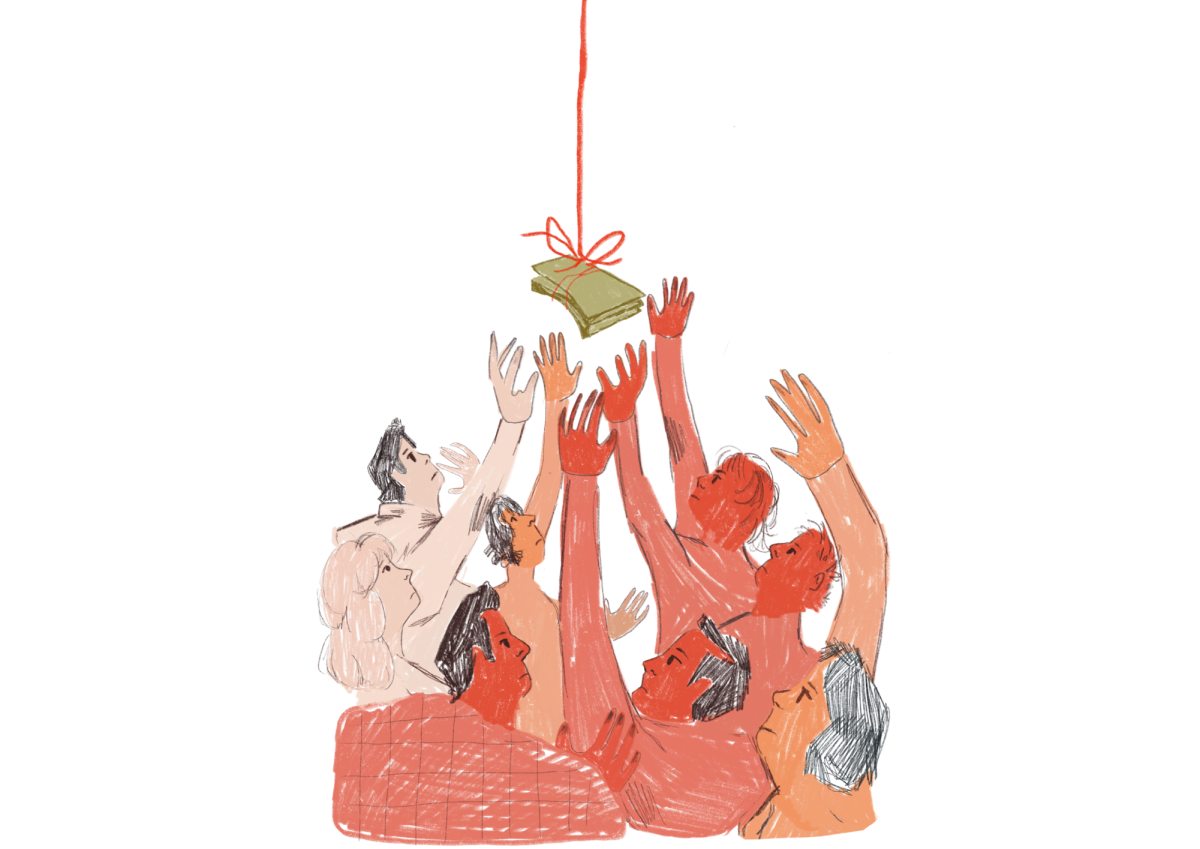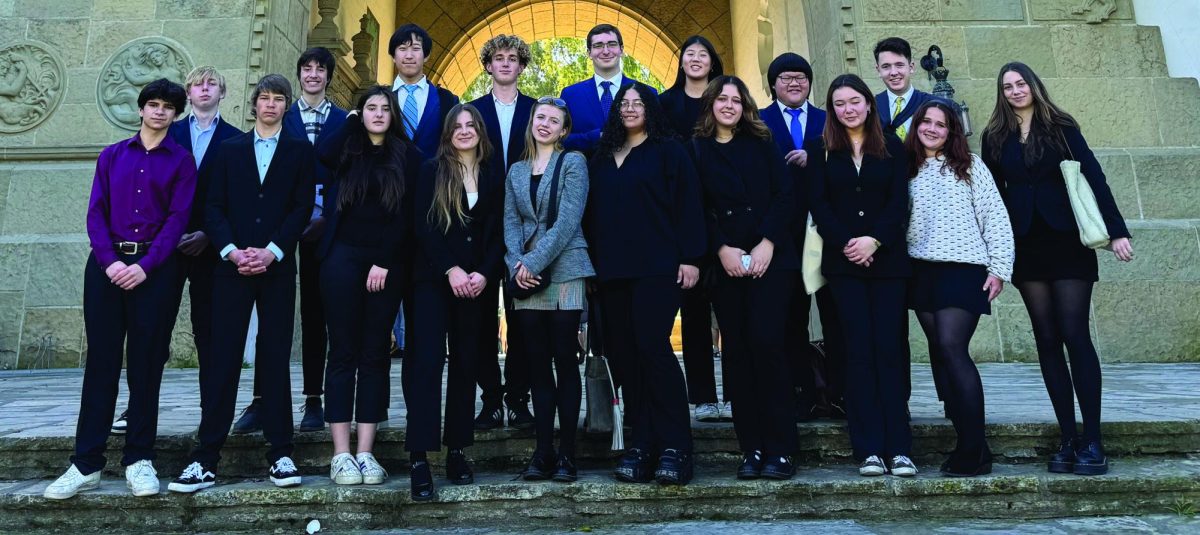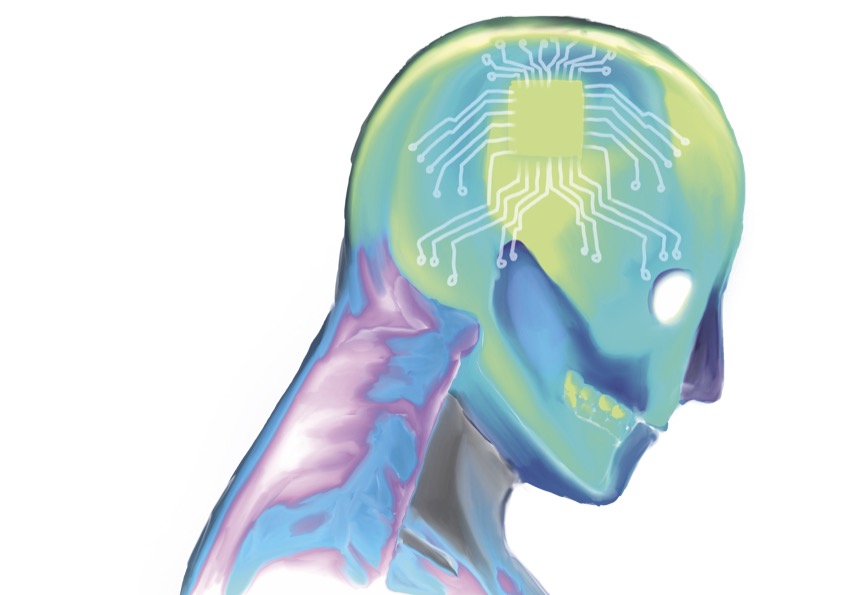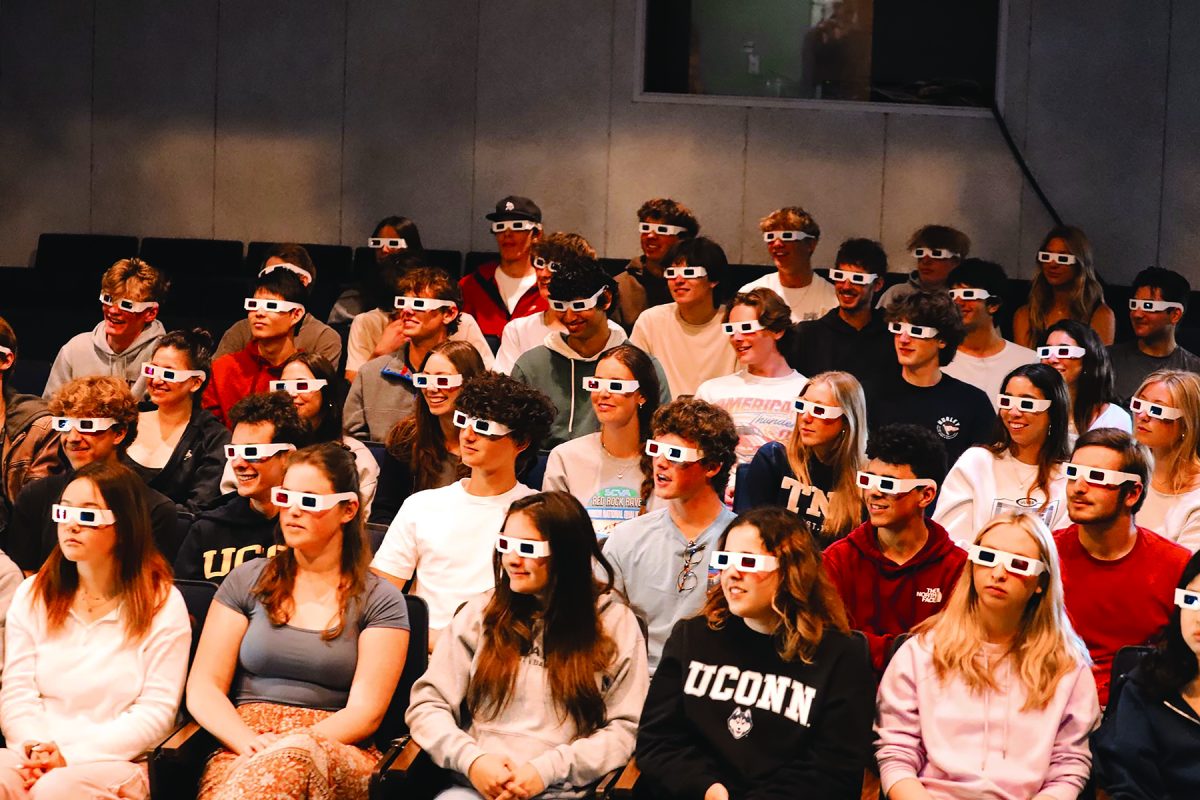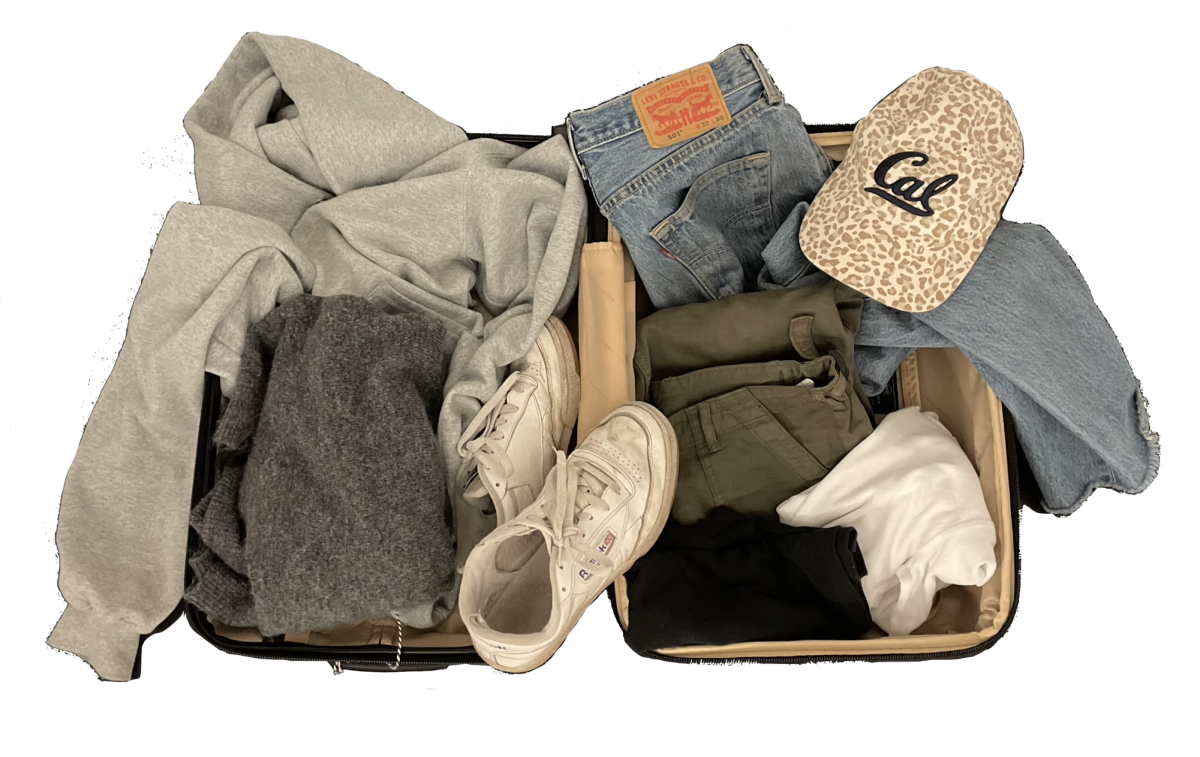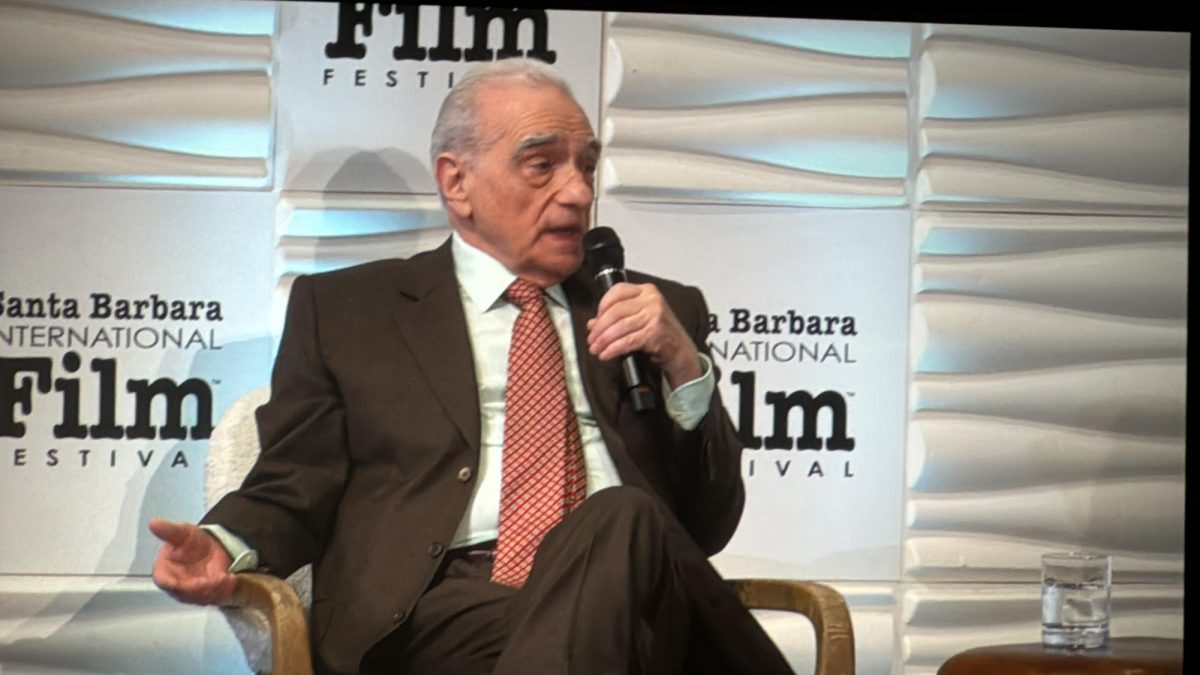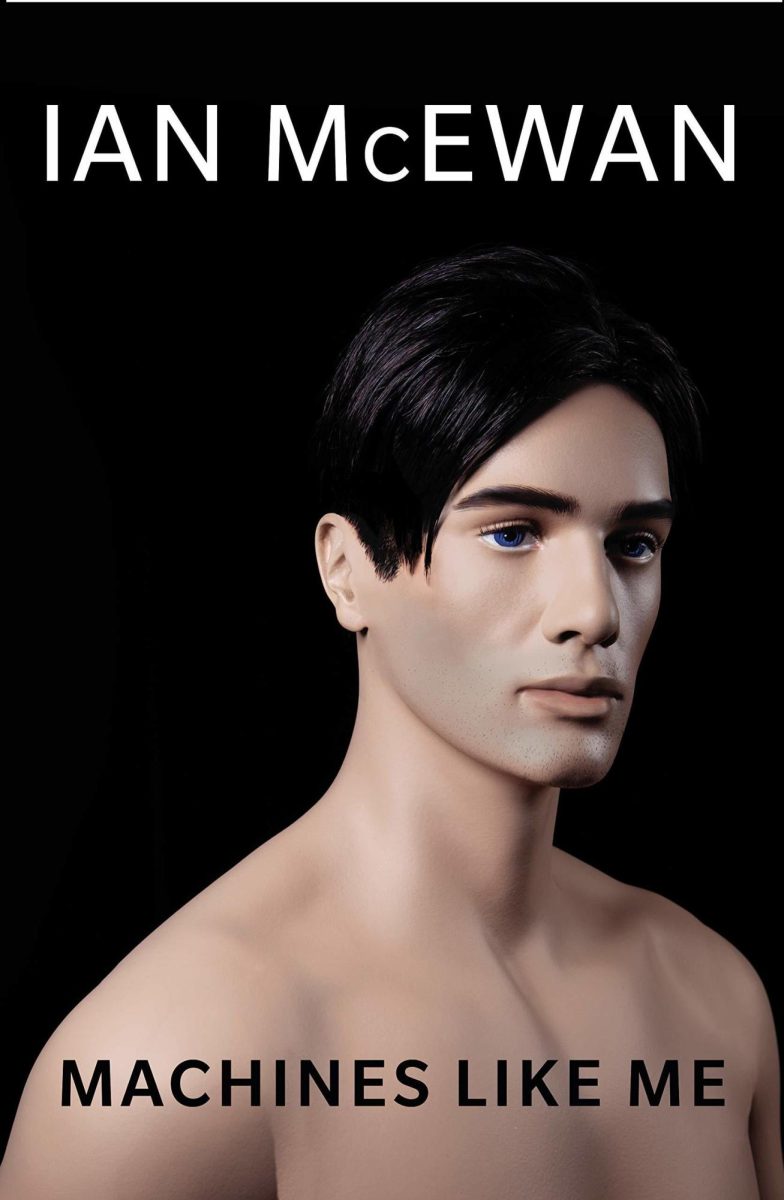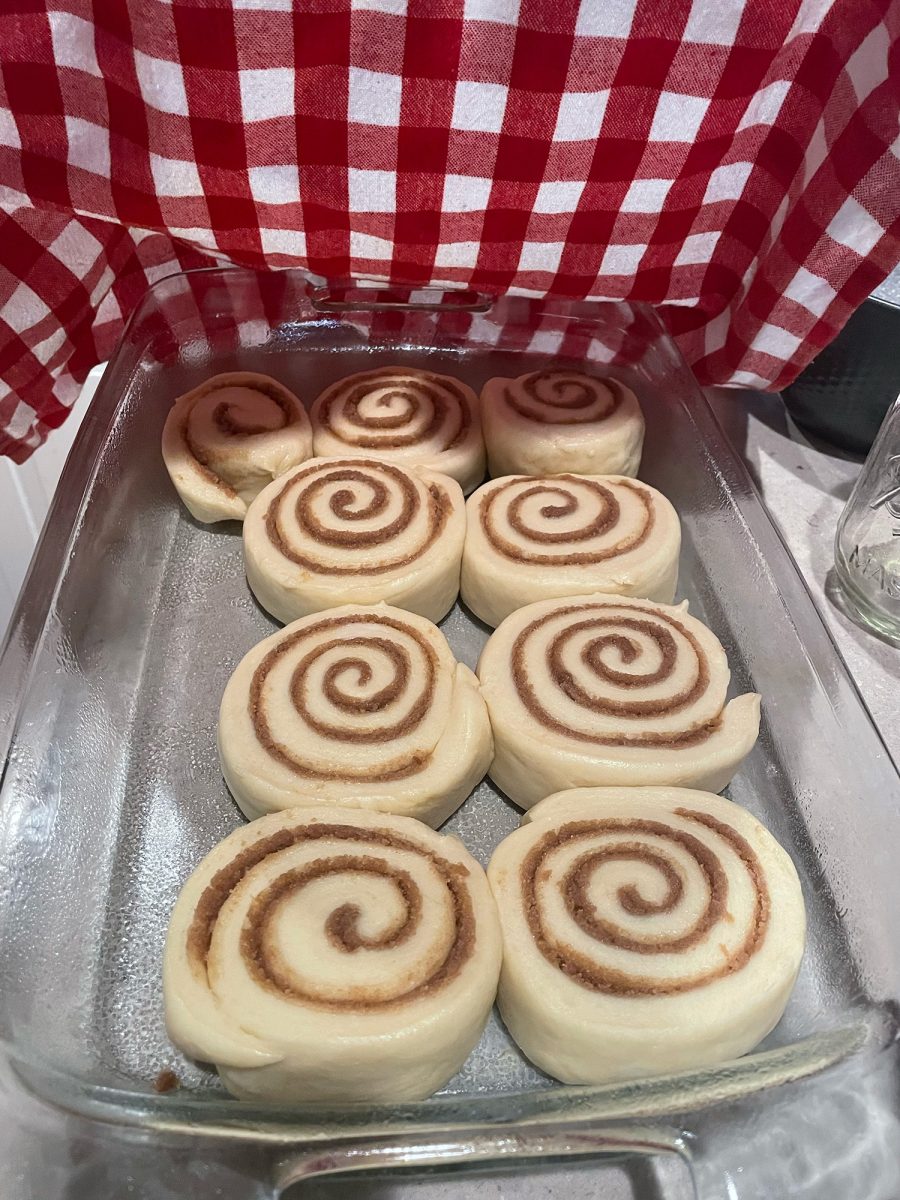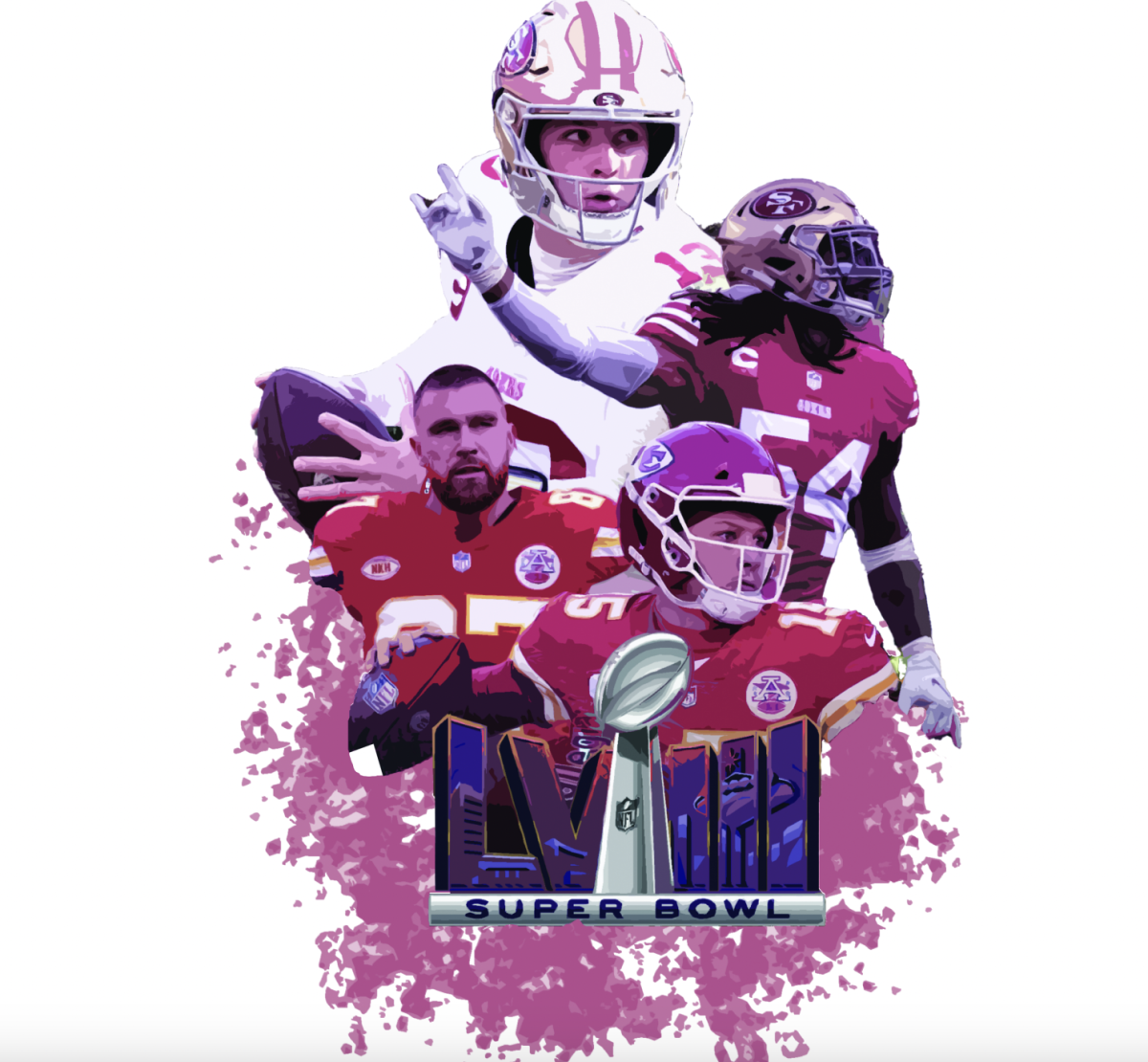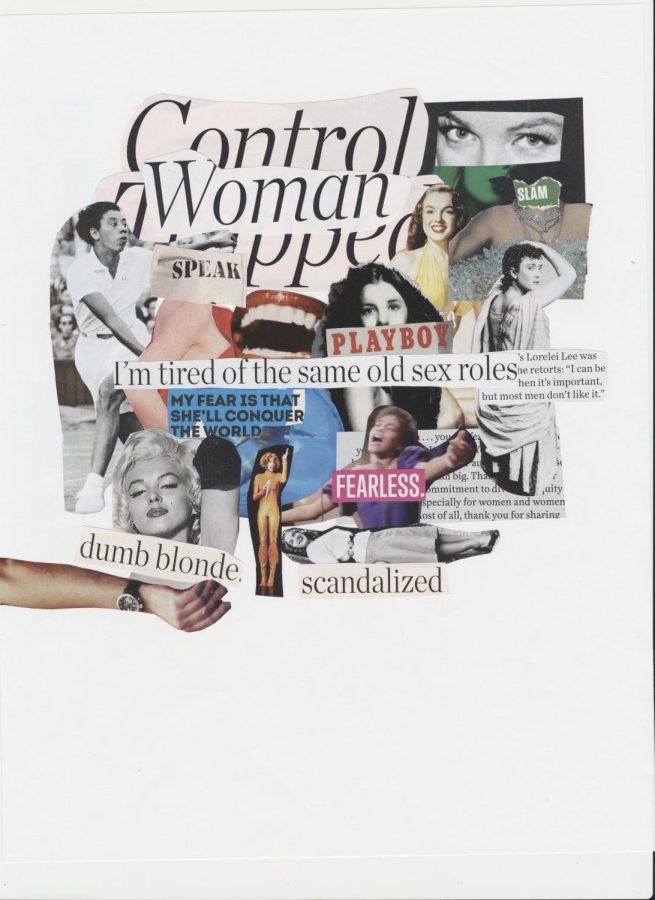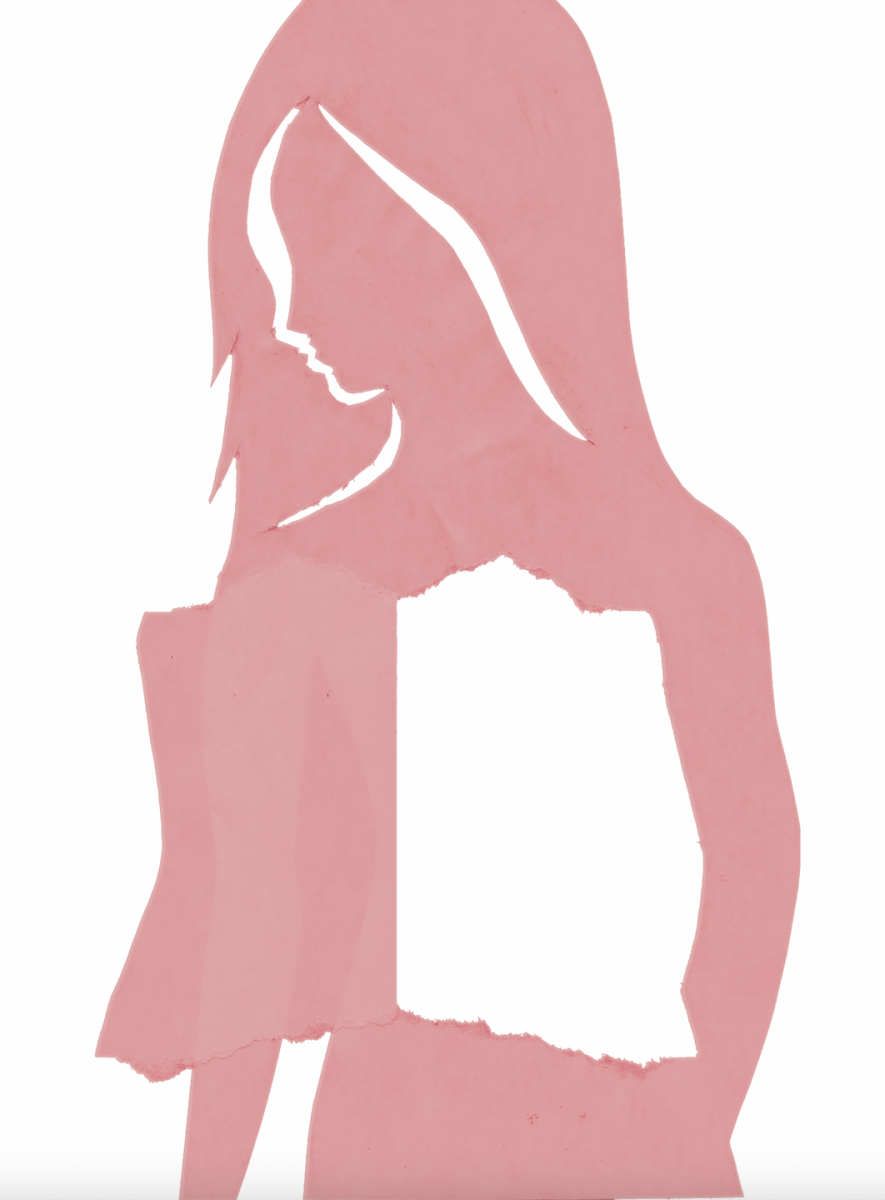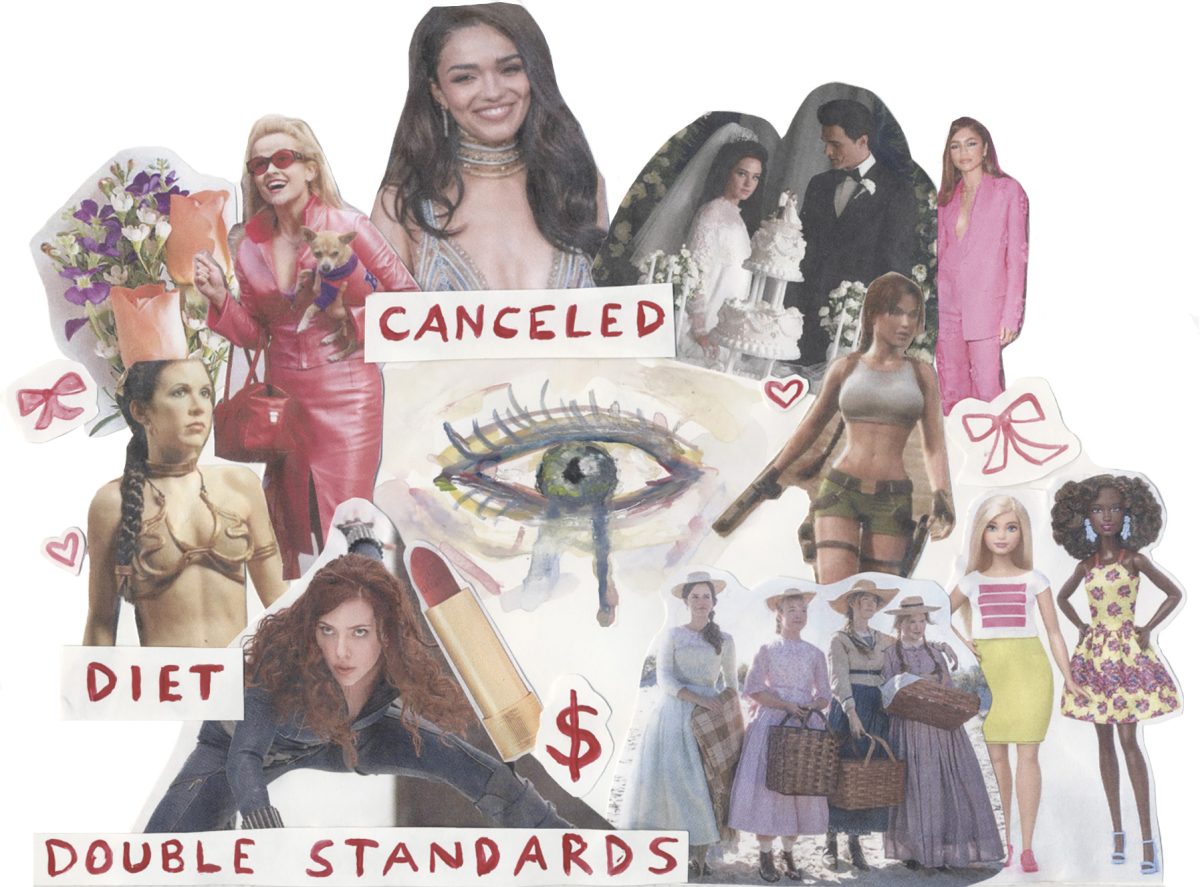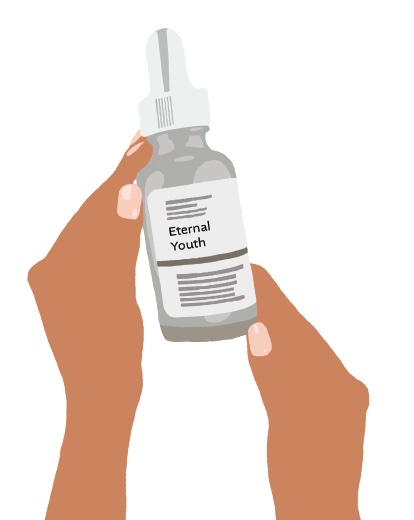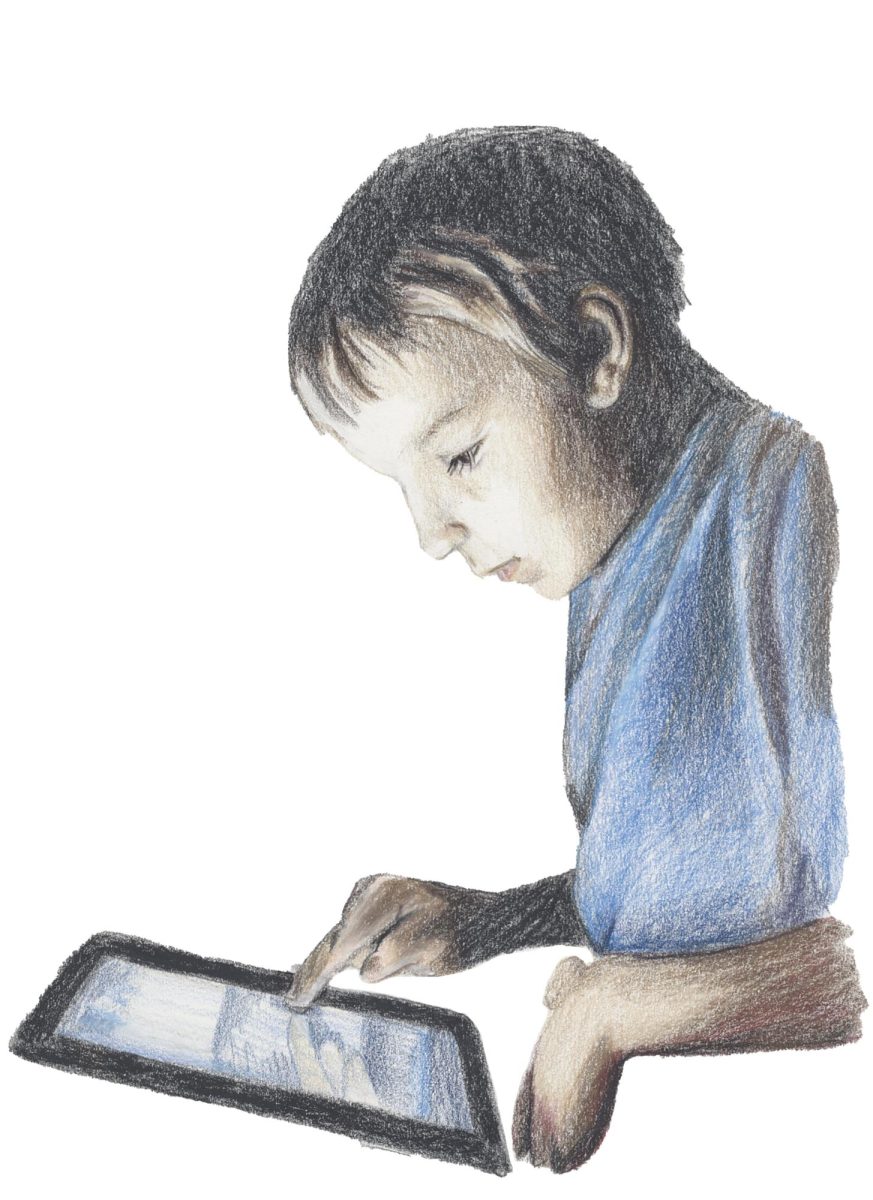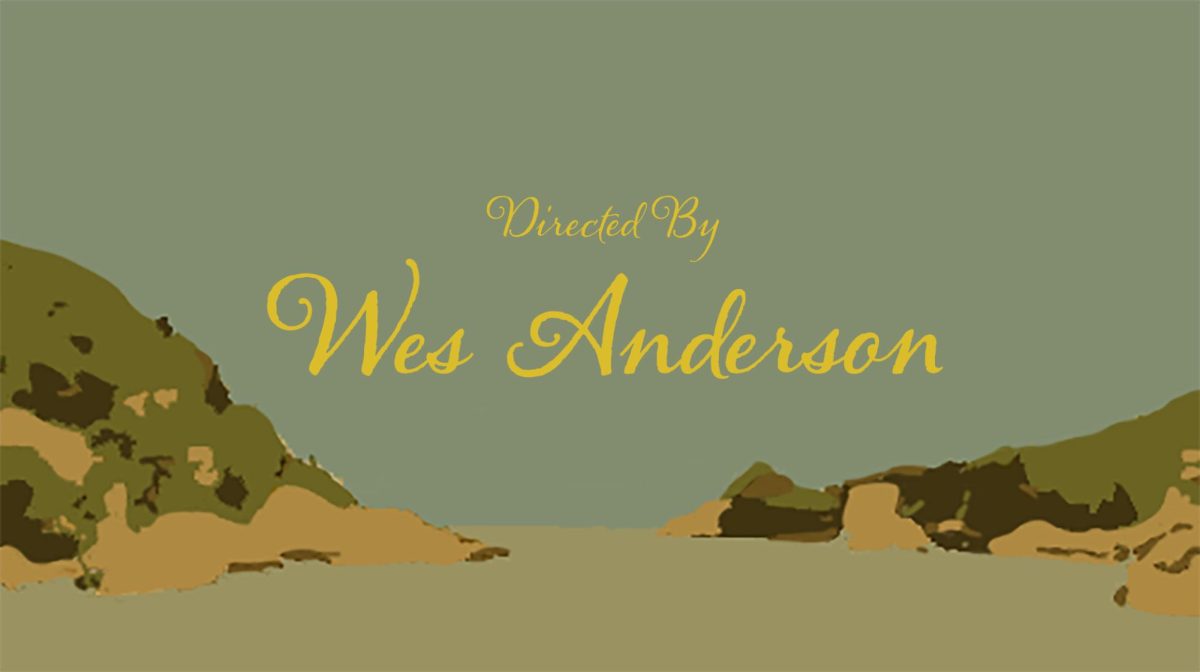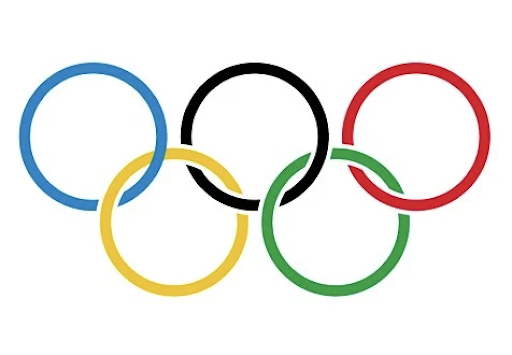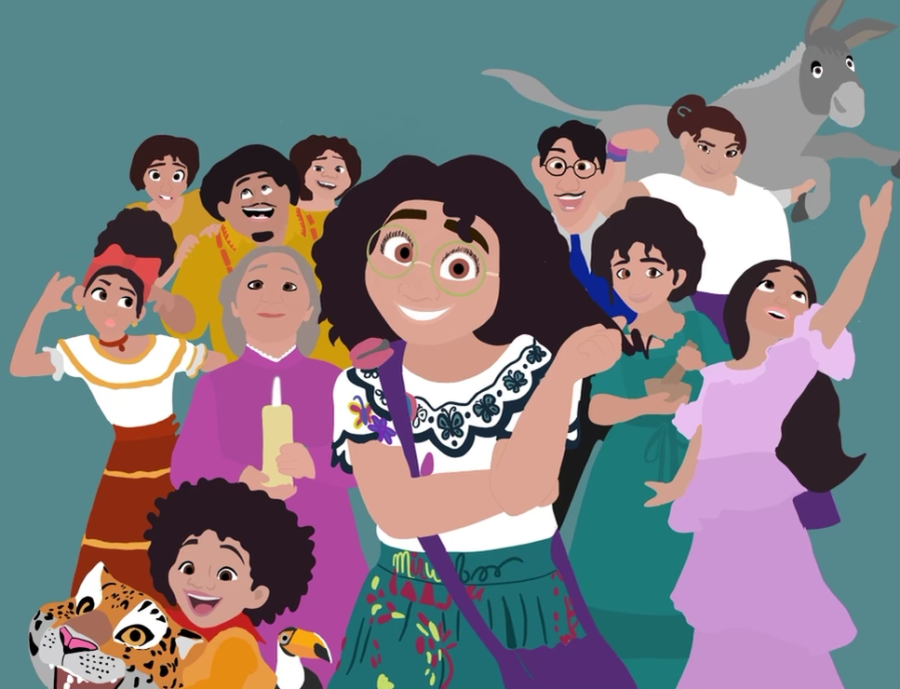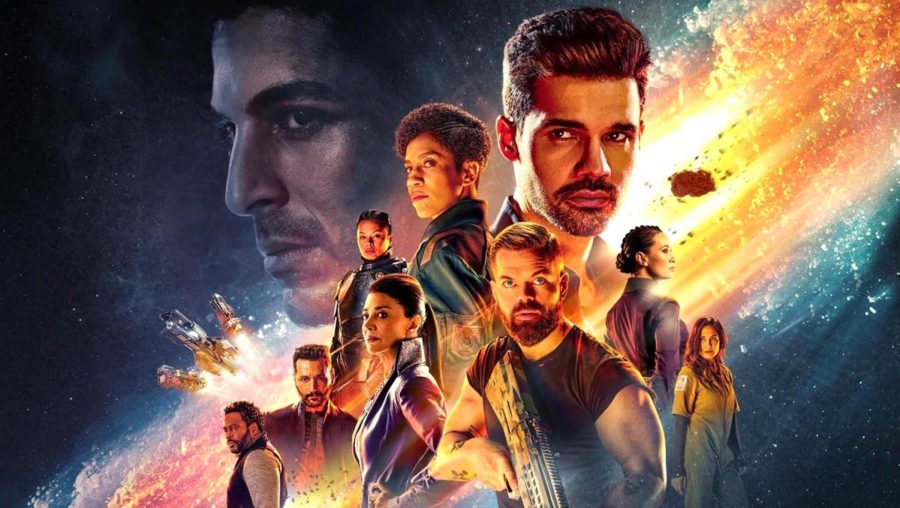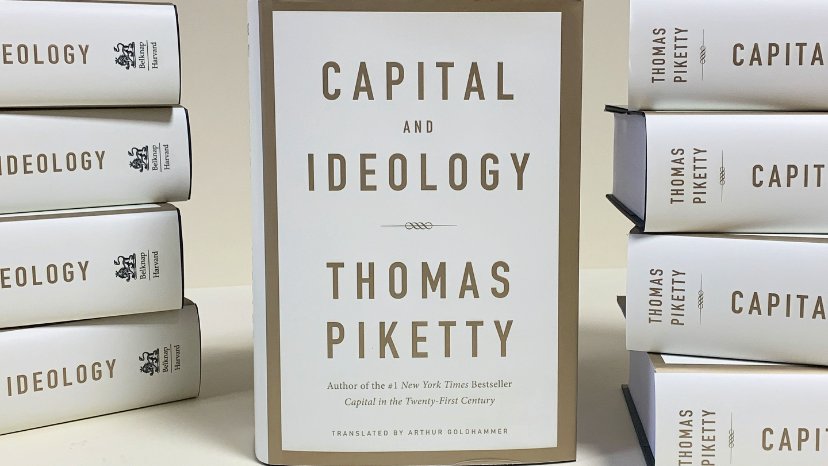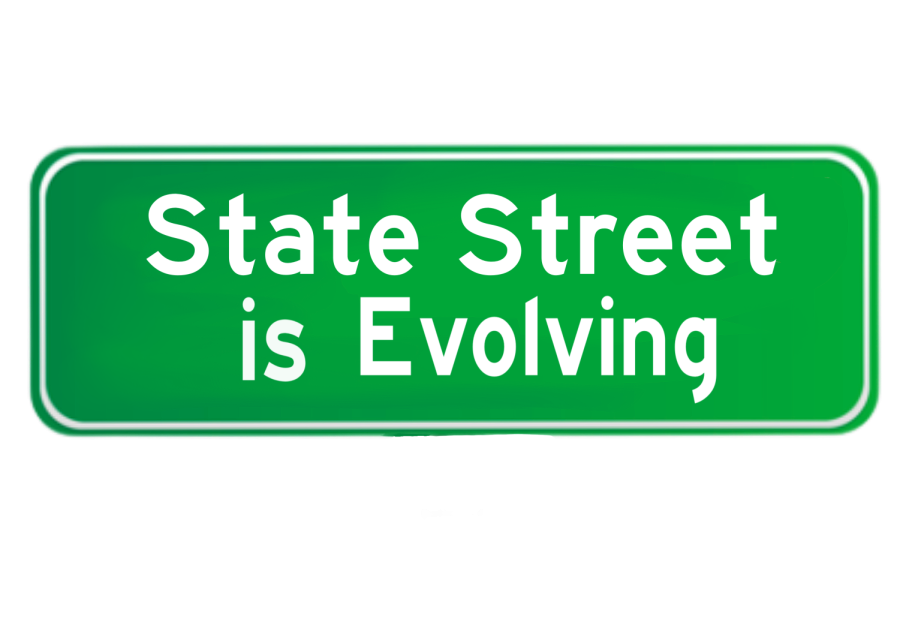State Street is Evolving
Our city is undergoing rapid accelerations as it emerges from the pandemic.
December 18, 2022
We are becoming an America that favors alternatives to cars. Within weeks after the pandemic lockdowns were instituted, restaurants and shops physically moved onto the streets, building extensions and gazebos for outdoor seating.
New policies have changed from prioritizing vehicular traffic to prioritizing people, demonstrating the many social events that COVID and climate change have impacted.
Initially, restaurants, cafes and boutiques moved onto the streets for survival, as customers feared indoor airborne infections. Sections of State Street were zoned off from cars, it became a pedestrian and bike-only zone, similar to European cities such as Paris.
Temporary parklets and other various structures were built to create comfortable outside dining spaces. Customers quickly adapted to this new way of dining to continue supporting local restaurants, and in this process, State Street began its transformation.
In September 2022, the Santa Barbara City Council decided to develop rules and standards for parklets and other dining structures, improving aesthetics and ensuring they could remain long-term for the next three years until State Street’s plan is finalized.
However, the residents are split on this decision; half seem to like this new iteration of State Street, while another half wishes to go back to how it was pre-pandemic.
One supporter of the new plan is Ed France. France is the founder of Bici Centro, a used bike shop in Santa Barbara, and a board member on the Coalition of Sustainable Transportation.
We can “elegantly join outdoor dining with the restaurants and have space for pedestrians, public activity and bikes. It makes Santa Barbara feel more like an international city, which is great,” France said.
Supporters like France argue that Santa Barbara needs to make a significant improvement to the quality of experience and for downtown, dining, and quality of life in general.
Opponents have other ideas about the changes. They say outdoor parklets take up too much space, impeding pedestrian traffic and blocking access to stores because of decreased visibility.
Mayor Randy Rowse is one of the more prominent and well-known opponents of parklets and no-car zones.
“The restaurant business all over town didn’t increase. It concentrated. There are places that are hurting other places. We didn’t make the pie any bigger. We just concentrated
lockdowns were instituted, restaurants and shops the slices of pie in one area.”
Bike traffic on State has also become a heated debate due to people sharing space with pedestrians and people bringing up bike speed and safety concerns.
The city advises all bikers to stay on State Street’s shared promenade by being respectful and alert and watching their speed.
France recommends taking a course on “sbbike.org, which is like a Drivers Ed certificate for E-Bikes.”
The uptick in Bike usage, whether with traditional bikes or E-Bikes, isn’t just happening on State Street; it’s happening all over Santa Barbara, signaling a more significant shift that State Street represents.
“We are experiencing another bike boom, comparable to the 1970s,” said France.
E-Bike docks have cropped up all over Santa Barbara. With new bike commuter paths, people see biking as not just a recreational activity, but also a functional mode of transportation, which is being made possible by the increase in E-Bike docks and bike trails.
“In short, bike culture is an alternative to the ‘one size fits all’ monoculture of roads that are only for cars. Bikes are an example of polyculture or a sort of biodiversity of the urban environment,” France said.
Additionally, there is a controversy about trees being cut down to create bike trails.
“E-Biking opens the door for a range of trips you would normally take by car. A non-electric bike can easily substitute for a car trip of three miles or less. At the same time, E-Bikes can do the same for up to around 10 miles, which is especially useful for locations where parking is impacted or traffic congestion,” said France.
Bike traffic is beneficial by reducing car usage, lowering traffic, smog, and carbon emissions: reducing air pollution, and helping fight climate change.
“The system needs to be re-invented. So many cities have great buses. We could too. This could only come from some bigger urban design planning and can’t be done by SBMTD alone, in my opinion, ” said France. “They’ve made a lot of improvements. There is further to go.”



